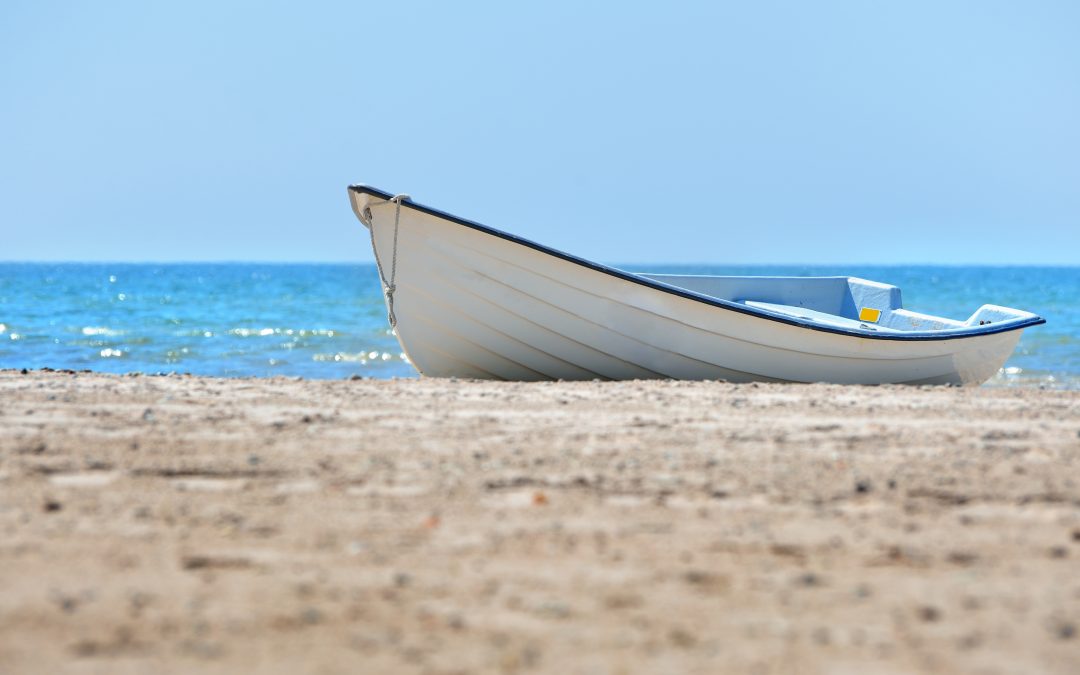Bass fishing is one of the most popular outdoor activities in America. It’s not just about catching bass, but it’s also about enjoying nature and spending time with friends or family members who share your passion for this sport. If you are new to bass fishing, don’t worry! We will guide you through every step of the way from beginner to expert level. Let’s start by understanding what bass fishing is all about.
Introduction to Bass Fishing
Bass fishing involves catching largemouth, smallmouth, or any other species of black bass using various techniques such as casting, trolling, jigging, and more. Black basses are known for their aggressive bites and powerful fights that make them an exciting target for anglers. To get started, you need basic equipment like rods, reels, lines, hooks, bait, tackle box, and sunscreen. You can rent or buy these items at local sports stores or online retailers.

Equipment Needed for Bass Fishing
A good quality rod is essential when it comes to bass fishing. Choose a medium-heavy action rod with a fast tip for better accuracy and sensitivity. A spinning reel works well for most types of bass fishing. Use a braided line instead of monofilament because it has less stretch and is stronger than traditional nylon lines. Hooks come in different sizes and shapes depending on the type of bait you use. Jigs, plastic worms, crankbaits, and topwater lures require specific hook styles. Don’t forget to pack a landing net, pliers, and forceps for handling fish safely. Lastly, protect yourself from UV rays with sunglasses, hat, and sunscreen.
Best Baits and Lures for Catching Bass
There are many baits and lures available for bass fishing, each with its unique characteristics and advantages. Some of the best options include soft plastics, jigs, spinnerbaits, swimbaits, and topwater lures. Soft plastics are versatile and can be used in a variety of situations. They mimic real prey and attract bass easily. Jigs are great for bottom-feeding bass and work well in clear water conditions. Spinnerbaits create vibrations underwater that trigger strikes from aggressive bass. Swimbaits resemble live baitfish and tempt even the largest bass. Topwater lures produce loud splashes and ripples on the surface, which attract nearby bass.
Tips on Where to Find the Biggest Bass
Finding big bass requires some effort and knowledge of where they hide. Look for deep holes, rock formations, weedbeds, and drop-offs near river channels or creek mouths. These areas offer cover and food sources that attract large bass. Early morning and late evening hours are ideal for finding active feeding bass. Try casting around docks, piers, and bridges too since bass often hangout near structure. Remember to scan the entire area thoroughly before moving onto another spot.
How to Prepare Your Catch for Cooking
Once you have caught a bass, follow these steps to prepare it for cooking:
1. Remove the head and innards
2. Rinse the fillets under cold running water
3. Pat dry with paper towels
4. Season with salt, pepper, garlic powder, lemon juice, or any other flavorings you prefer
5. Grill, bake, sauté, or pan-fry the fillets until golden brown and crispy on both sides
Your journey as a bass fisherman doesn’t end here. Keep learning, experimenting, and improving your skills to become an expert angler. Whether you are a novice or experienced fisherman, there is always something new to discover and explore in the world of bass fishing.



